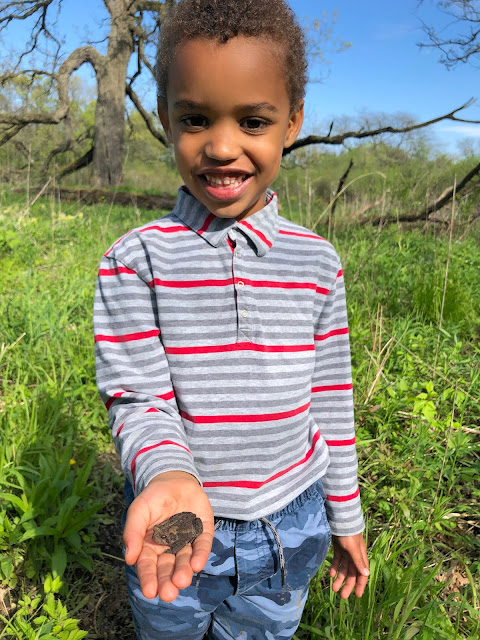We of the Somme Team write plans, reports, histories. The little report below seemed fun to Eriko who suggested it be a blog post.
It’s not earth-shaking, but there’s always a bit more to learn.
When I was scything in Fourth Pond Meadow (FPM) yesterday I had two adventures.
Well, three really, as Sai joined me later on, and we had a chance to talk about what’s going on with his son and the trip to Germany. And the new seed mixes, and how they might apply to FPM. Sai and I looked at the area between the open planting and the wooded “pool” – on the west. It’s interesting, strange looking, begging for seed … and to have more shade removed. It’s worth more of us thinking about it.
But for my two wildlife adventures:
1) There was a certain amount of hotness and sunniness, so I decided to do my work in sort of a transect line, crossing FPM and facing away from the sun as I worked, and then circling around through shady, poorer-quality areas to get back to my starting place, and watching carefully where I put each step and selectively scything another line across FPM.
(It’s increasingly rich and beautiful there, by the way. I found many scattered purple prairie clovers, smooth blue asters, prairie docks that have “teen-age” looks to them, and a few leadplants and small skullcaps, in this are that was nothing by brush and dirt before we cleared and seeded it, and hundreds, probably thousands of dropseed grasses, compass plants, quinines, etc. etc.)
On one of my circlings-around through the rough areas, I came across one of Rebeccah’s little burn scars, from the small brush burned last fall, and it was still covered by small black remains of coals. And since it’s easier to walk through nothing as opposed to thick rank weeds, I put my foot forward, over the apparently empty black, but, at that point, three (at least) tiny, tiny toads jumped off the coals and into the green. They had been so invisible. So perfectly toad-camouflaged. I wondered, what brought them there. Food? Warmth (from the sun on the black). Or what? But they were unquestionably precious.
 |
| This is not one of those toads, of course. They were the size of one of this child's fingertips. |
2) Sometimes as I made these plow-through-the-weeds re-set trips, I scythed a bit as I went. To make it easier to walk. And to see what plants were down there. Sometimes I’d find a Riddell’s goldenrod or a boneset, and I’d give the area around them a bit of bonus scything. At one point, as I walked and cut, my scythe opened a view to a bird’s nest - which then exploded - at least two energetic dark fuzzballs escaping me and my scythe. I backed up. The parents put up an impressive fuss. They were indigo buntings. The birds seemed mature enough that the parents will find and feed them and they’ll soon be on their way. But I was sorry to burden them with this additional handicap. Indigo buntings really like our results - if not our ongoing work.
 |
| This is not one of the buntings I saw, of course. This photo, by Lisa Musgrave, is of a Somme bunting singing, to defend a territory, in which he and his mate can raise members of the next generation. |
Endnote
To restore nature is respected and pure. Destroying it is nasty and evil. But there are trade-offs. If we didn't scythe, some thuggish invasives would degrade and possibly eliminate the new, healthy habitats we work to create. So, we're as careful as we know how to be, but we accept as a necessary cost that we will sometimes unintentionally disrupt the lives of some small neighbors.
And speaking of little lives, we also sometimes allow kids to do stuff that kids do. Mostly they're there in the fall or spring, so birds' nests are not the issue. But they turn over logs and pick up salamanders and toads (and even snakes sometimes), and we mostly think that that's part of the healthy childhood of someone who may end up being an inspired scientist ... or a person who likes nature and has more of a feel for the Earth and its living things.
A wonderful purist once told me that he wouldn't contribute to conservation organizations that showed photos of people holding frogs or butterflies or other animals. It showed disrespect and dominance, he said. I understood his point. Indeed, I appreciated it. But there are trade-offs. Most of us at Somme hope more kids take part in more nature, in their own ways, within reason, of course.
